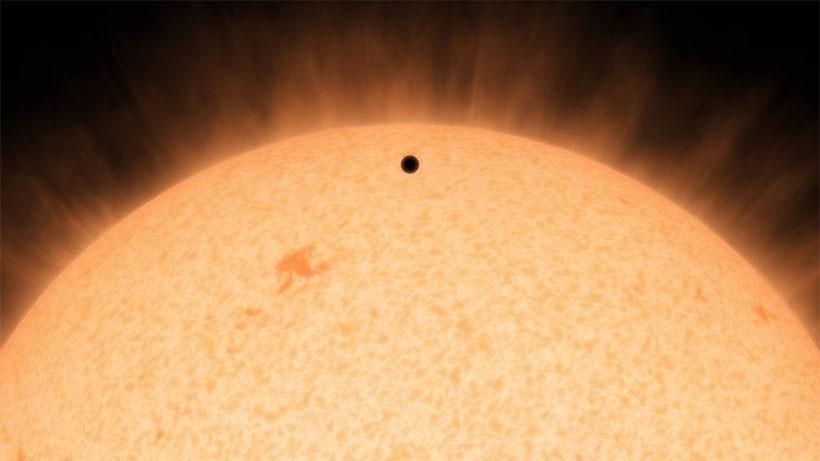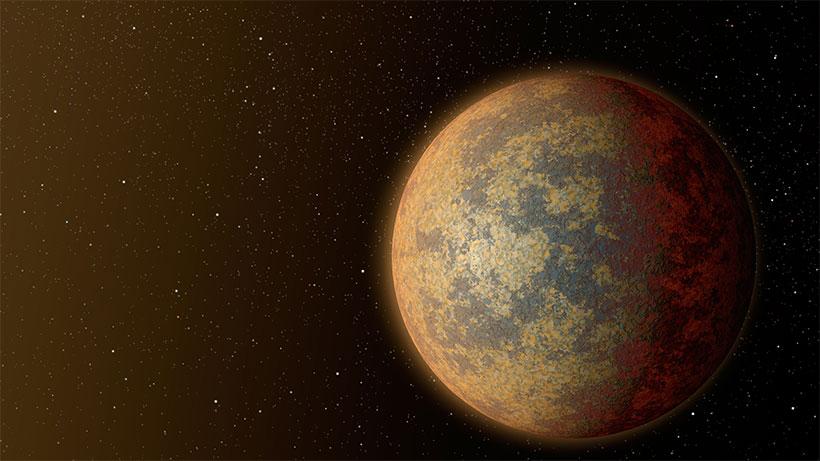Spitzer Space Telescope Discovers Closest Rocky Planet
NASA has announced a new discovery made using the Spitzer Space Telescope. The discovery is of the closest rocky exoplanet outside of our solar system. NASA researchers say that this rocky world is larger than Earth and could provide a plethora of scientific data for the scientists to study. The new rocky exoplanet has been labeled HD 219134b and it's only 21 light years from Earth.
Scientists note that the planet orbits too close to its parent star for the possibility of life. The planet can't be seen directly by telescopes, but the star it orbits can be seen with the naked eye in the Cassiopeia constellation near the North Star in dark skies.
The planet was detected transiting the star it orbits and is the closest planet to Earth to be discovered using this method. NASA scientist Michael Werner says that the nature of a transiting exoplanet allows them to be extensively characterized and that HD 219134b will be one of the most studied exoplanets for decades to come.
The first discovery of the planet was made using the HARPS-North instrument on the 3.6M Galileo National Telescope in the Canary Islands. The team using the telescope discovered the exoplanet via a technique called radial velocity where a planet's mass and orbit are measured by the tug it exerts on its host star.
SOURCE: NASA



